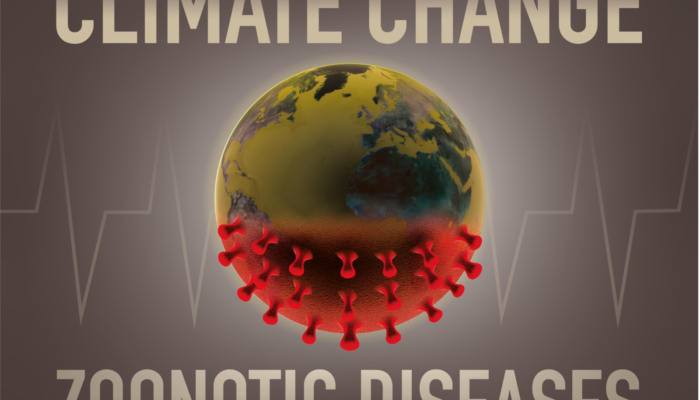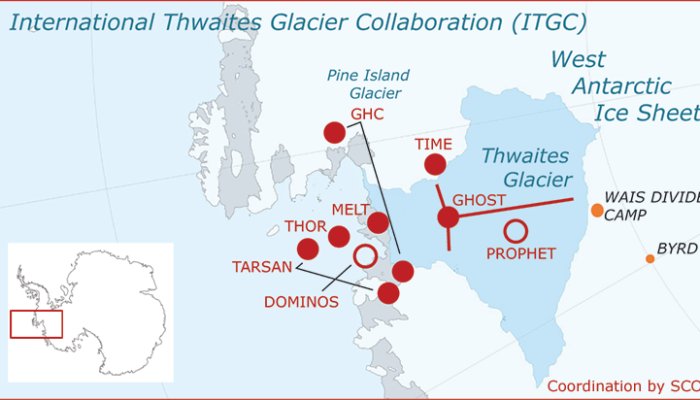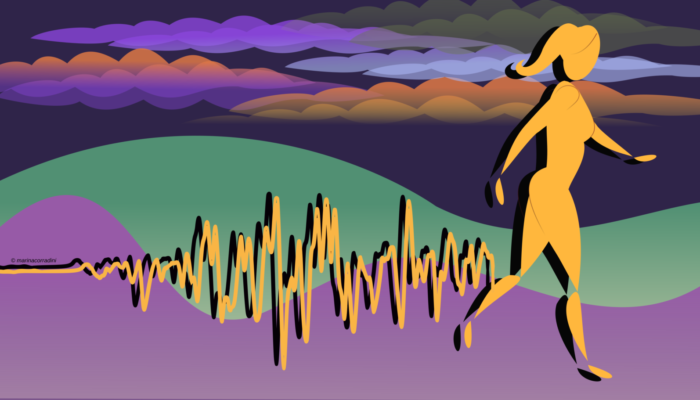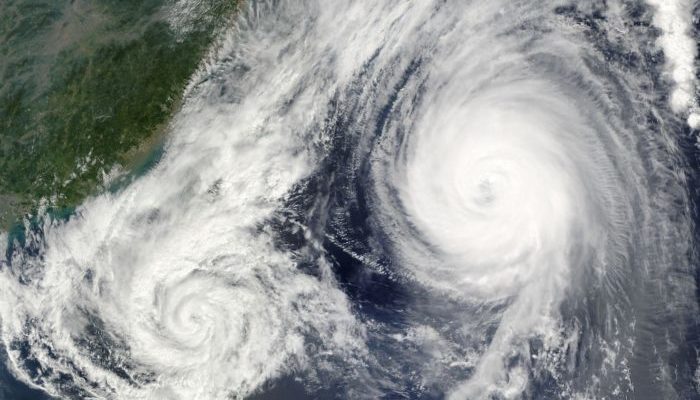‘Now, more than ever, we need science’, thinks the editor of this blogpost as he works from his small studio paid by a rent-burdened academic salary while under lockdown in California due to the COVID-19 pandemic. However, the need for an open, fair, inclusive science seems to be ignored all across the world by policy makers and university administrations, who refuse to pay graduate st ...[Read More]
Tectonics and Structural Geology
Mind your head: Taking care of yourself during the Corona-virus crisis
By now more and more countries in Europe are hit by the Corona-virus, leading to increasingly strict measures and closures of many public places. We are being asked or obliged to work from home, to limit social contact by staying away from bars, restaurants, sports clubs, museums, theatres and all other places where gatherings of people take place. Simultaneously, we continue to receive worrying m ...[Read More]
Climate: Past, Present & Future
Are the risks of zoonotic diseases rising in the Anthropocene due to climate change?
The recent coronavirus outbreak (i.e., nCovID-19; Fig. 1) has caused global panic, along with widespread travel bans, home quarantines and country-wide lockdowns. The World Health Organization (WHO) declared nCoVID-19 as a pandemic as of March 11th, 2020 (WHO, 2020). To tackle this global health crisis, scientists are attempting to synthesize a vaccine, while countries are trying to mitigate the n ...[Read More]
Cryospheric Sciences
What’s up on Thwaites Glacier?
With the West Antarctic Ice Sheet currently losing ice at a fast pace, leading to sea-level rise, it is very important to better understand the processes by which this ice melting occurs. In this context, Thwaites Glacier is a very good case study of an accelerating glacier, which contributes substantially to sea-level rise, and for which a huge scientific collaboration effort has recently been se ...[Read More]
Geodynamics
The Sassy Scientist – Niche Necessity
T-Low feels a little insecure whether that specific niche of the broad spectrum of science merits all of the effort put in: Every now and then I’m starting to wonder if my little branch of science is really worth doing? And if not, which one is? And why? Dear T-Low, Stay doing what you’re doing. Even if you feel a little bit underwhelmed by an apparent lack of interest sometimes. Don&# ...[Read More]
Geodynamics
Introducing the social media team!
Did you know the EGU Geodynamics division has a social media team? No? Well, now you do! A small, but incredibly dedicated team, these are the people shouting geodynamics from the online rooftops every single day! They are responsible for the posts on facebook and the lively tweets on twitter. What? You don’t follow us on social media yet? Well, I’ll forgive you if you take a second to ...[Read More]
Seismology
Representing the Possible: Ortensia Amoroso
Gender inequality blemishes Earth Sciences more than any other STEM fields [1]. In recent years, many studies have revealed that women hold fewer senior faculty positions than men [1, 2], are given lower ratings to identical abstracts submitted with male author names [3], and are less likely to be first authors of peer-reviewed publications [4]. Providing a collective voice to the female experienc ...[Read More]
Natural Hazards
Coping with ‘extremes’ – keep calm and fly…
When you read about climate extremes, what is the first thing that comes to your mind? Probably not airport systems. However, you might have been affected at least once by delays, longer flights, or even flight cancellations due to low visibility, strong winds, convective activity which can lead to thunderstorms. Especially, if you reside in or have flown to or from the United Kingdom, the Netherl ...[Read More]
Cryospheric Sciences
Trapped in the sea ice – Educating the future generations of polar scientists
In October 2019, the research icebreaker ‘Polarstern’ was moored to an ice floe for its year-long journey through the Arctic Ocean. Come with us on a slightly shorter journey and learn how MOSAiC participants from the supporting cruise educate the future generation of polar scientists! What is the MOSAiC expedition? The MOSAiC (Multidisciplinary drifting Observatory for the Study of Arctic Climate ...[Read More]
Geodynamics
The Sassy Scientist – Co-author Craziness
Agata struggles with the many and diverse opinions thrown at her whilst endeavoring to finish a paper: What is the perfect number of co-authors for a paper? Dear Agata, As few as possible. Limit yourself to the people you really cannot avoid. Such as those collaborators that have actually provided a significant contribution to the body of work presented in a manuscript. For every researcher this d ...[Read More]









